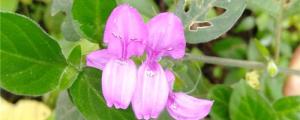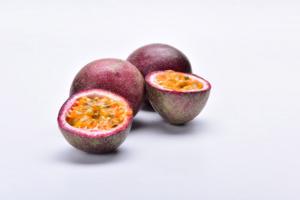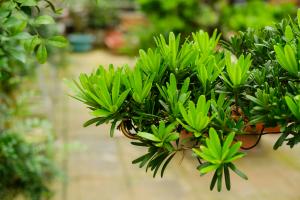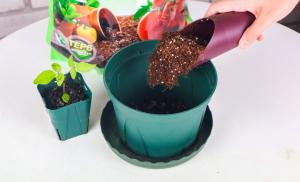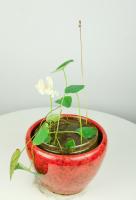1. Cutting
Cutting is divided into bud cutting, Twig Cutting, leaf bud cutting and bud cutting
(1) Bud cutting: take the foot bud outside the plant in late autumn and early winter for cutting. Take the foot buds germinating around the plant, and the bud head is full and plump. After the buds are selected, the cuttings shall be kept at 5cm-7cm and the row spacing shall be 3cm × 4cm or 4 cm × 5cm, inserted into the seedbed or flowerpot in the greenhouse and greenhouse, the cutting depth shall not exceed 3cm, and it is easy to rot if it is too deep. Keep the room temperature at 7-8 ℃ and transplant it outdoors after the next spring warm
(2) Twig Cutting is the most widely used method, which is generally carried out in April. The twigs with a length of 8 CM-10 cm are cut as cuttings and carefully managed after cutting. At 18-21 ℃, most varieties can take root in about 20 days and transplant in pots in 30 days. The seedbed medium can be garden soil plus 1 / 3 of rice husk ash. The high bed can be shaded with reed mat, reed curtain or 60% shading net. Note that the soil should not be too wet to avoid rotten roots and dead seedlings.
(3) When axillary bud cutting propagates rare varieties, in order to save propagation materials, the leaves with axillary buds are cut from the branches for cutting. Insert the base of the petiole into the basin soil so that the top of the axillary bud is flat with the surface of the basin soil. Put it in a shade room for maintenance after insertion to increase the surrounding humidity.
(4) When Cutting Chrysanthemum with buds for flowering in autumn, if there is no foot bud at the base of the plant, the side branches with flower buds with a length of 6-9 cm under the flower can be picked and inserted in the pot for overwintering After the next spring is warm, it is transplanted into the ground. When it grows to 30 ~ 40 cm high, it is picked to stimulate its foot buds, and then cut and propagate by cutting; In this way, it can not only preserve the varieties, but also maintain the excellent characteristics of the varieties, but also make the flowers more beautiful and large without degradation and deterioration
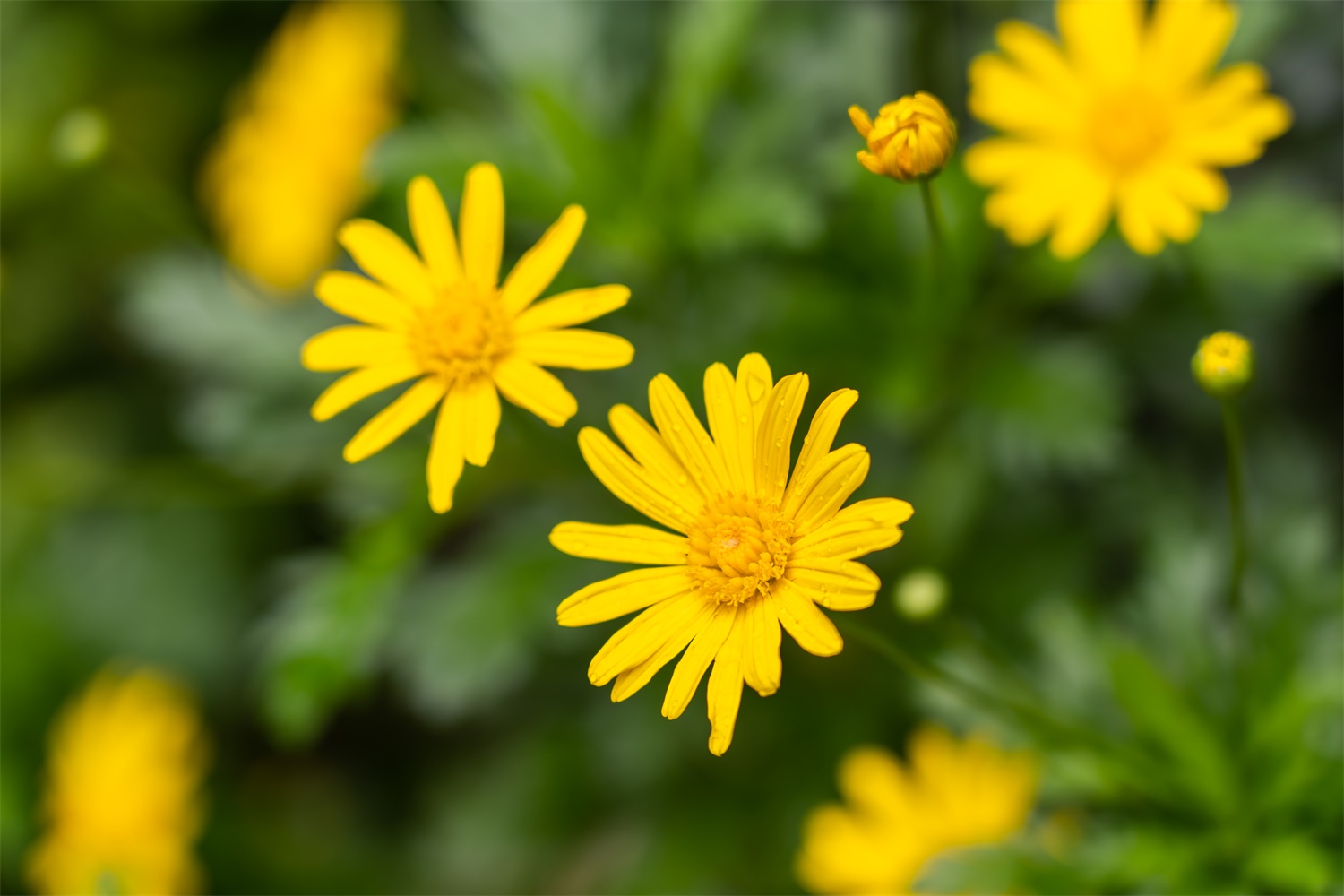
2. Ramet reproduction
Ramet propagation is to dig up the female parent of chrysanthemum, separate the branches with roots according to their natural form, and plant them separately. After planting, water them with water, and then water them appropriately. After two weeks, top fertilizer can be applied for normal maintenance This method is easy to operate and reliable to survive. In the past, this method was often used in China. The so-called "three points and four starts" means that the plants are divided in March of the lunar calendar and can be picked and maintained in April after survival: this method is often used in the cultivation of Dahurian chrysanthemum and hanging rock chrysanthemum The parents of cross breeding This method is also commonly used to hybridize and receive seeds early However, due to the early branching time, the lower leaves are easy to wither early, and the flower parts are also deteriorated. Moreover, it is not as good as the cutting method to reproduce a large number of seedlings, so it has been less used except for the cultivation of Dahurian chrysanthemum
3. Grafting propagation
Grafting propagation is to graft the branches of chrysanthemum onto the rootstocks of Artemisia plants. The purpose is to use the developed roots of Artemisia plants to absorb sufficient nutrition for the growth of chrysanthemum plants and beautiful flowers. At the same time, because the roots of Artemisia plants have strong stress resistance, they are more suitable for management. However, using Artemisia root as Rootstock to receive chrysanthemum is generally not used as the female parent. If you want to blossom beautifully and keep seeds as a female parent after flowering, you must adopt the grafting pot method. When the flowers are half opened, shovel the Artemisia stem under the pot, because the stem of Chrysanthemum in the pot is also full of roots and whiskers. After cutting the Artemisia stem, the chrysanthemum stem in the pot can still have foot buds to keep seeds
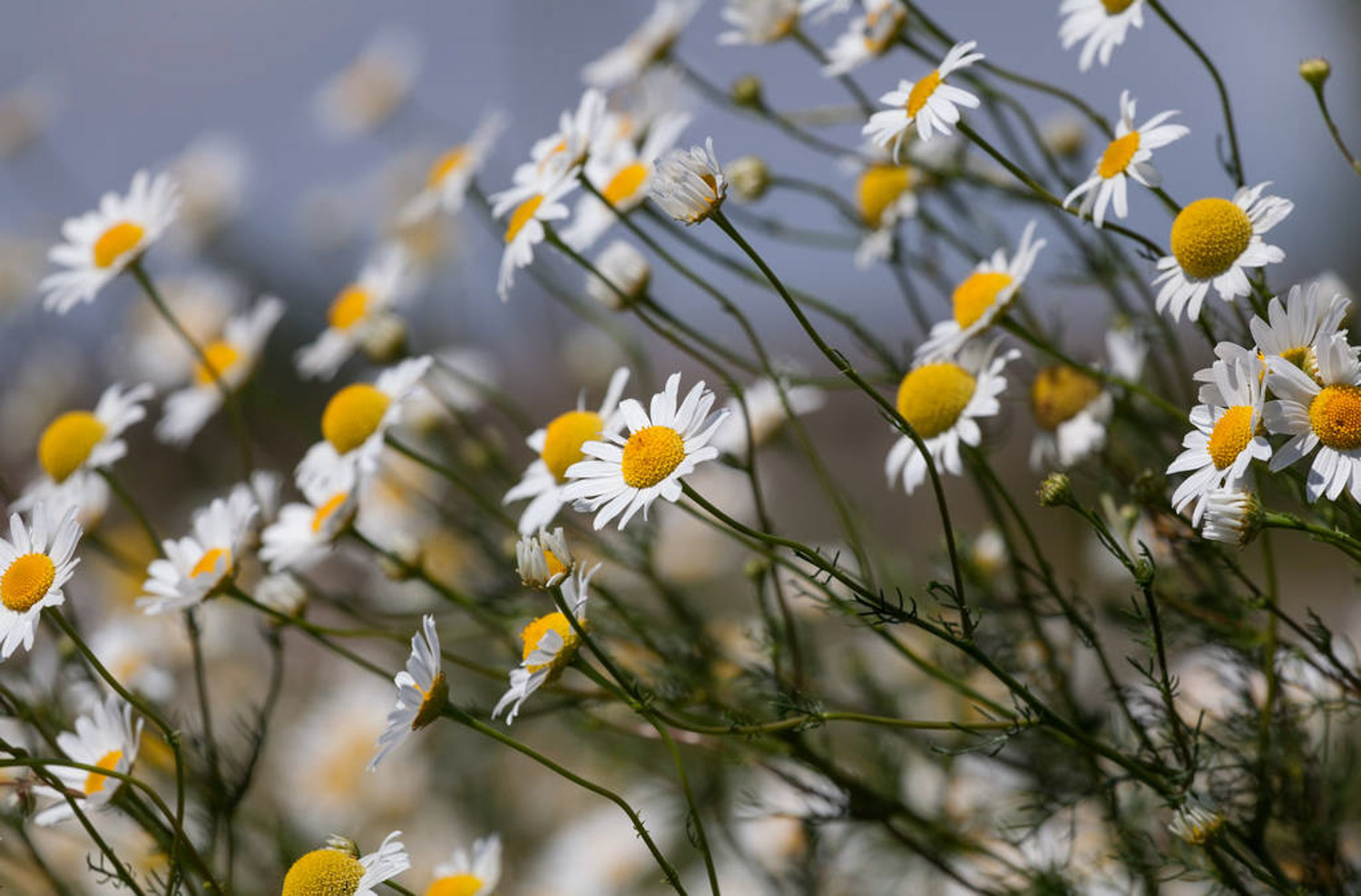
4. Strip propagation
Layering propagation is to bend and bury the branches of Chrysanthemum in the soil, expose the branches, use a knife to cut the skin under the stem nodes embedded in the soil to stimulate rooting, and cut and plant from the top of the buried soil after rooting to form a new plant. This method is often used to maintain the characteristics of its budding part
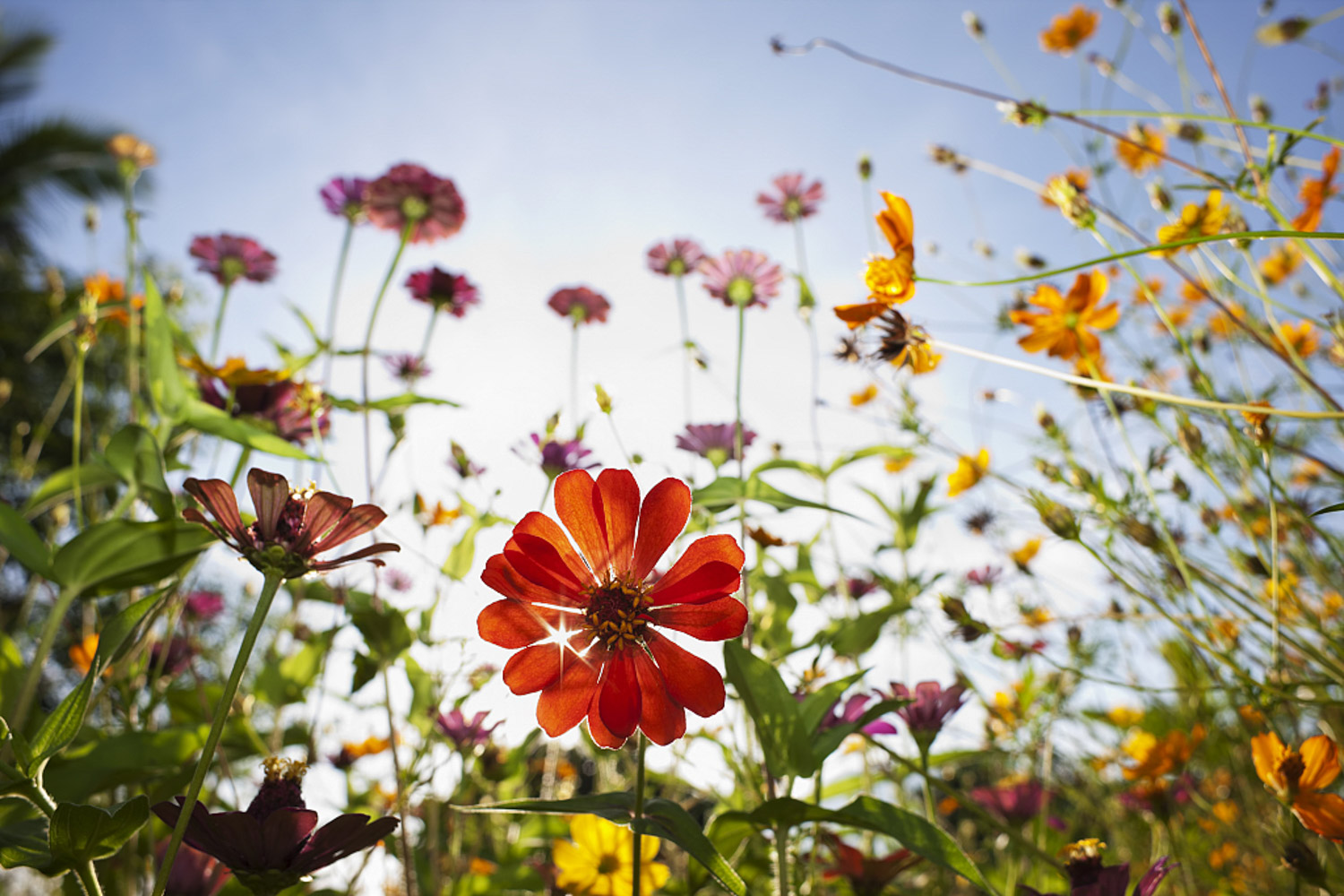
5. Tissue culture
Flower tissue culture (referred to as tissue culture) is a new technology rising in the 1960s. It was first successful in the mass reproduction of orchids. Tissue culture is a new technique for rapid propagation of Chrysanthemum in vitro. In the past ten years, chrysanthemum has been successfully regenerated from leaves, shoot tips, stem segments, petals and buds in China
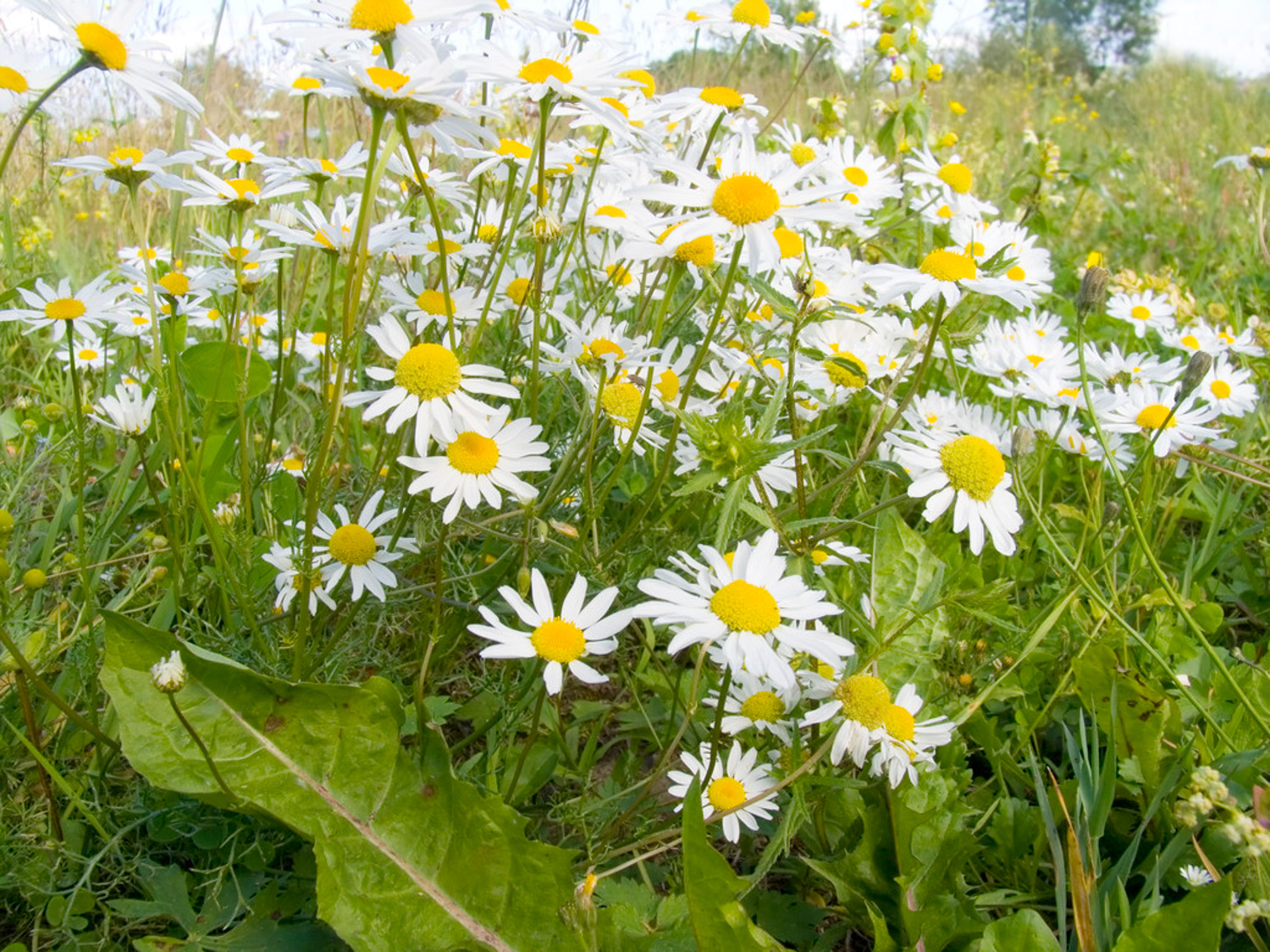

 how many times do yo...
how many times do yo... how many planted tre...
how many planted tre... how many pine trees ...
how many pine trees ... how many pecan trees...
how many pecan trees... how many plants comp...
how many plants comp... how many plants can ...
how many plants can ... how many plants and ...
how many plants and ... how many pepper plan...
how many pepper plan...